Something that is true is that Bilbao is a unique city, one of the most modern and attractive cities in Spain. It has an explosive combination of nature, avant-garde architecture and gastronomy.
In this order of ideas, if there is a Spanish city that exemplifies development and avant-garde architecture, that is Bilbao. In 1992, it was chosen to be one of the sites of the Guggenheim Museum in Europe. Strolling through the city it is possible to see the works of 5 Pritzker Prize winners along the Bilbao estuary, Calatrava’s stamp on the Zubizuri Bridge, or the modernism of the Euskaldune Palace.
Context
The first thing to do is to situate ourselves. Bilbao (in Basque, Bilbo) is a municipality located in northern Spain, the capital of the province and historical territory of Vizcaya, in the autonomous community of the Basque Country. The town of Bilbao is the capital and the only town in the municipality.
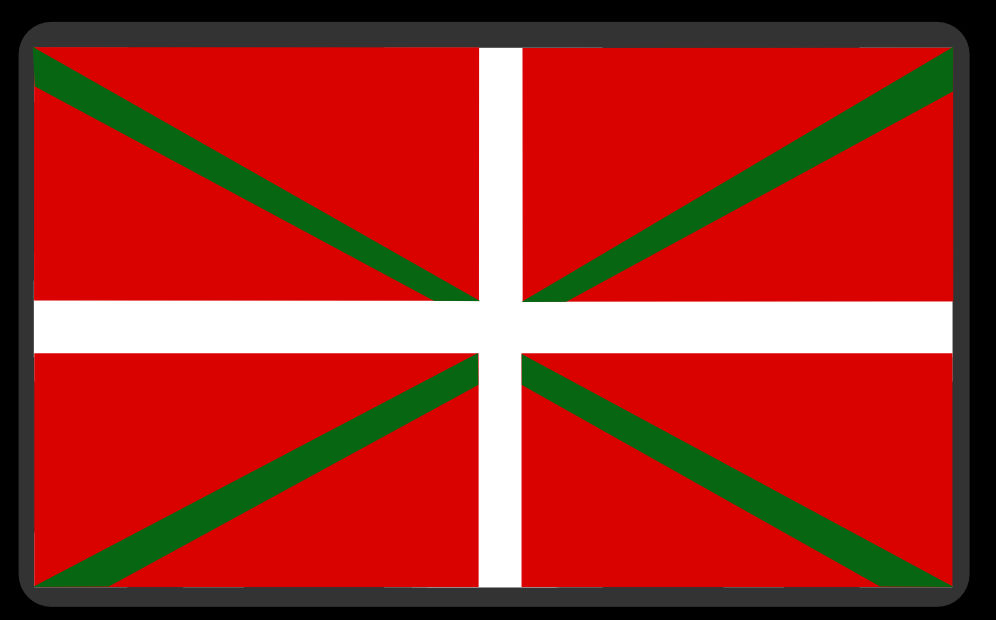
Since its foundation, at the end of the 13th century, it was a commercial enclave that was quite important in the Cantabrian coast thanks to the privileges granted by the Crown of Castile. These privileges allowed the development of a large port activity that was based mainly on the export of wool from Castile and to a lesser extent of iron extracted from the quarries of Biscay.
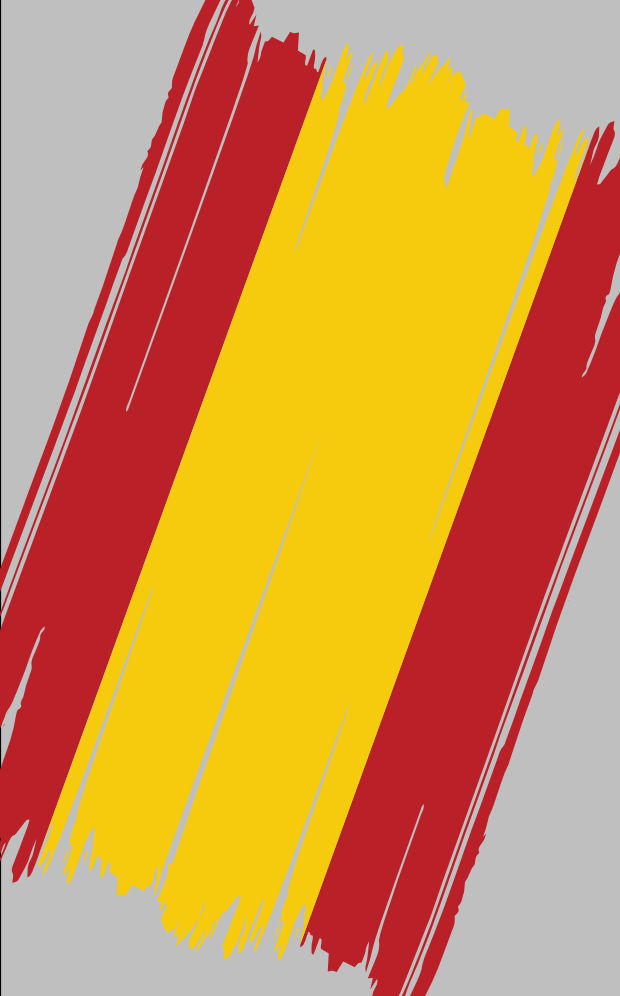
Throughout the nineteenth and early twentieth centuries it experienced a strong industrialization that made it the epicenter of the second industrialized region of Spain, behind Barcelona.
This was accompanied by an extraordinary demographic and urban explosion that led to the annexation of several neighboring municipalities. Today it is a thriving city.
On May 19, 2010, the city of Bilbao was recognized with the Lee Kuan Yew World City Prize, awarded by the city-state of Singapore, in collaboration with the Swedish Nobel Academy. Considered the Nobel Prize for urban planning, it was awarded on June 29, 2010.
On January 7, 2013, its mayor, Iñaki Azkuna, received the Mayor of the World Prize for 2012, awarded every two years by the British foundation The City Mayors Foundation, in recognition of the urban transformation experienced by the Biscayan capital since the 1990s.
On November 8, 2017, Bilbao was voted Best European City 2018 at The Urbanism Awards 2018, given by the international organization The Academy of Urbanism.
History
Don Diego López de Haro V founded the town of Bilbao by means of a foundation charter, dated in Valladolid on June 15, 1300 and confirmed by King Ferdinand IV of Castile in Burgos on January 4, 1301. The Lord of Vizcaya established the new town on the right bank of the Bilbao estuary.
In 1310 María Díaz de Haro, Don Diego’s niece and new Lady of Vizcaya, granted a new Town Charter that further extended the commercial privileges of the town, making it an obligatory passage for all trade from Castile to the sea.

This second Carta Puebla (Institution by means of which the distribution of lands is organized) established that the road from Orduña to Bermeo.
At that time, it was the most important commercial route of the manor. As a consequence, there would be a direct access to the sea for goods, strengthening the commercial power of Bilbao to the detriment of Bermeo, which until then had been the most prosperous town.
In this way, the port of Bilbao gained importance in Europe for its trade with the ports of Flanders and Great Britain, France, Portugal and Italy, as well as with the ports of Seville and Barcelona, the main ports of the kingdoms of Castile and Aragon.
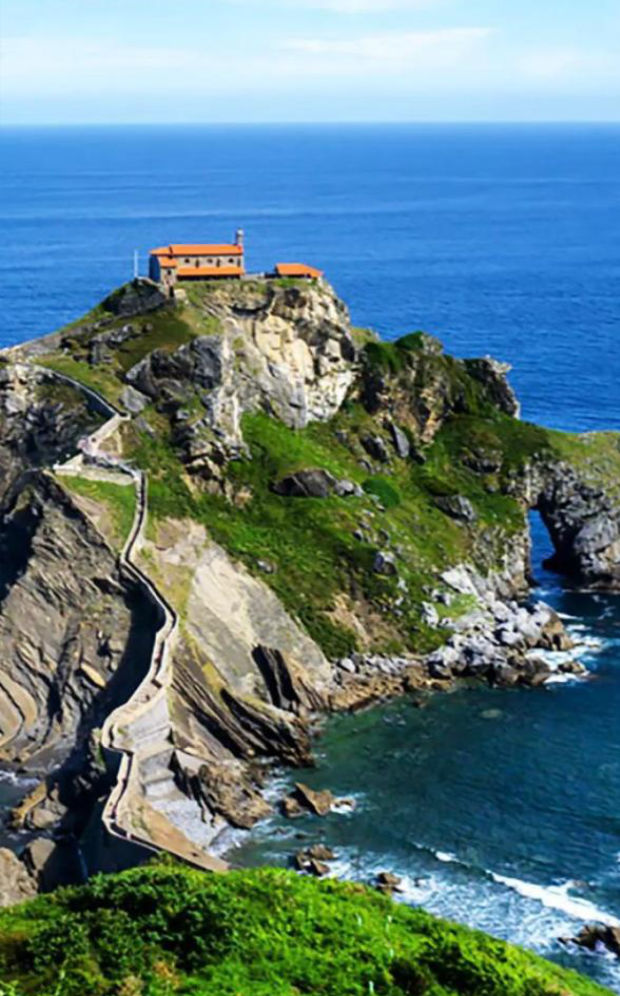
In 1443 the church of San Antón was consecrated, one of the oldest buildings in the city, which previously served as a fortress.
On September 5, 1483, Queen Isabella I of Castile came to the town to swear in person the oath of the fueros. Her husband Ferdinand II of Aragon had already sworn them in Guernica in 1476.
In 1602 it was named capital of Biscay.
The Basque Country was one of the main scenarios of the First Carlist War. Bilbao, a liberal and economic center, was a main target for the Carlists.
Despite these conflicts, it was able to flourish economically. The iron and steel companies prospered.
Social movements also had their place in this period, highlighting the Basque nationalism of Sabino Arana and the rise of workers’ movements, republicanism and monarchist and centralist liberalism.
Since the mid-1990s, the city has undergone a process of deindustrialization following the crisis in the metallurgical sector in the 1980s.
The transformation into a service city was supported by investment in infrastructure and urban regeneration.
Some examples of this impressive and magnificent transformation are: the Guggenheim Museum Bilbao, the tramway or the Iberdrola tower.
Where to start?… its gastronomy
When we want to discover a place, one of the most honest and delicious ways to do it is through its cuisine.
Undoubtedly, Bilbao’s gastronomy is another of the city’s strong points. And, getting carried away by its food is one of the best ways of sightseeing.
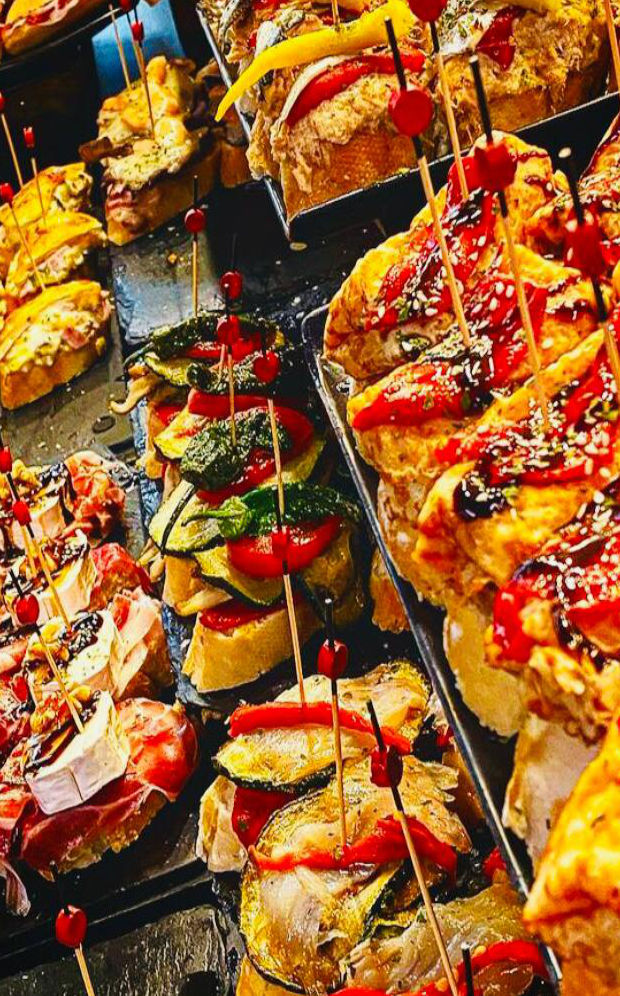
It is recognized worldwide for being one of the most complete in Europe and for the quality of the products used to prepare its dishes. The typical food of Bilbao is a delicacy for the palate.
Going to Bilbao to taste its food is a guaranteed pleasure.
The seven streets of the Casco Viejo, which are full of pintxo bars and restaurants where you can taste the typical products of the city: cod, marmitako, txakolí, among others.
Seafood recipes are characteristic of the area. A perfect example is the Kokotxas de merluza en Salsa Verde (hake in green sauce) or the elvers a la bilbaína.
The Bacalao in pil pil sauce is the classic dish. Tradition dictates that in an earthenware casserole dish, chopped garlic and a chopped chili pepper are placed to fry in extra fine olive oil. The cod is then placed in the same oil to fry with the other ingredients.

On the other hand, Bilbao combines the purest aspects of Basque tradition with avant-garde monuments of worldwide scope.
Although the Guggenheim overshadows all others, other museums in Bilbao, such as the Maritime Museum, the Museum of Fine Arts or the Basque Museum, cannot be overlooked.
In addition, Bilbao’s strategic location makes the Biscayan capital the perfect starting point for touring the Basque coast, a true paradise for nature lovers.
In towns such as San Juan de Gaztelugatxe, Zumaia or Bermeo, wild nature merges with historical monuments giving rise to spectacular landscapes.
Its streets
As you enter its streets, the traditional blends with modernity.
As you walk through its streets, you realize that this is a special city.
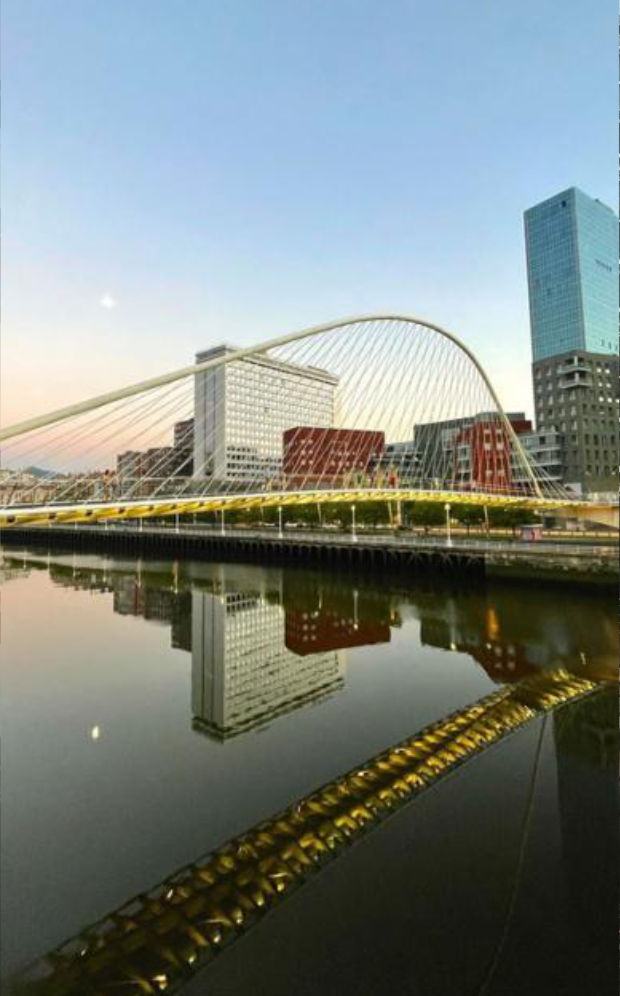
The buildings seemed to be taken from a theatrical decoration, each one in a different way, in a different color.
Its streets surrounded by mountains were astonishing.
The Ria is a central point in the city. Years ago, the ships used to arrive there. Today, it is still key to the life of the city.
Life has passed on the banks of this estuary, sometimes calm and peaceful, sometimes wild and restless.
Bilbao owes everything to this estuary and has grown around it, embracing it at times or turning its back on it at others, but always with its estuary present.
Following it we reach the Bizkaia Bridge, a jewel of industrial architecture and a World Heritage Site.
Pedro Ispizua’s Riverside Market. As a stranded ship where the old docks of the city were, it occupies the space of the old Plaza Mayor.
The church of San Anton is a luxury.
The church is built over a previous one, short-lived, and this in turn on a defensive tower that controlled the bridge. It is a Gothic temple.
Another point to consider is the issue of mobility.
Bicycle: There is an automatic bicycle lending service and numerous rental companies.
Boat: The boat following the riverbed of the estuary.
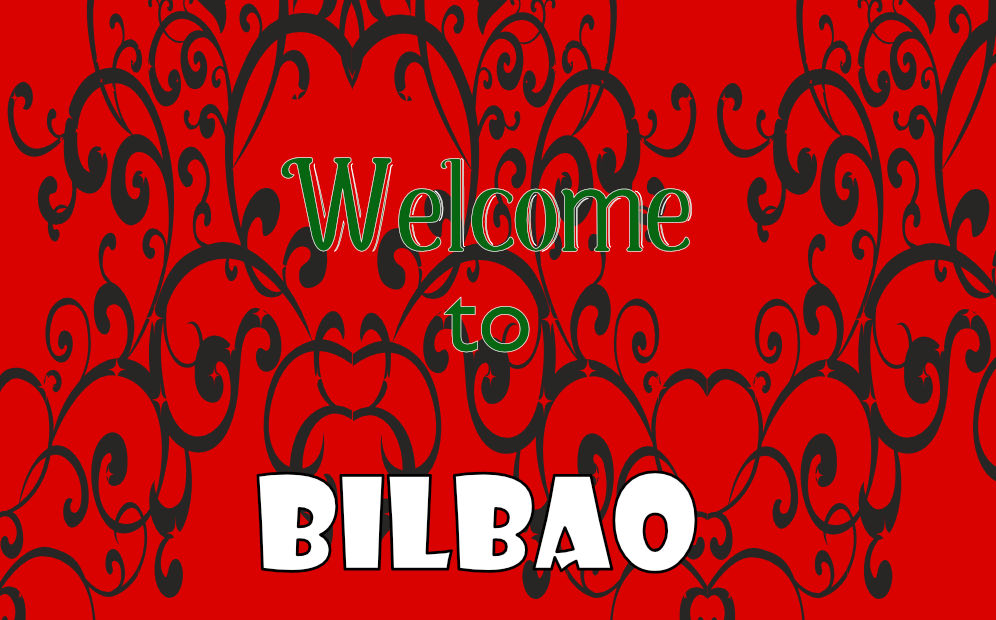
Metro: It allows you to move around the city. It has become a symbol of the city for its accessibility, its efficiency, its impeccable design.
Tramway: It offers a pleasant stroll that borders the medieval streets of the Old Helmet, it looks out to the Ensanche of the city and it is parallel to the Estuary:
Urban bus: There are 43 lines.
The famous Guggenheim Bilbao
The famous Guggenheim Museum Bilbao was inaugurated in 1997, according to a project of the American architect Frank Gehry.
Became a symbol of the new Bilbao, the Guggenheim Museum Bilbao is one of the most ambitious cultural projects of the twentieth century.
It has been defined as the best building of the second half of the 20th century. This museum has completely transformed the city.
The guardian of the Guggenheim is Puppy. A large structure covered with grass and flowers that dressed Puppy, the guardian dog of the Guggenheim.
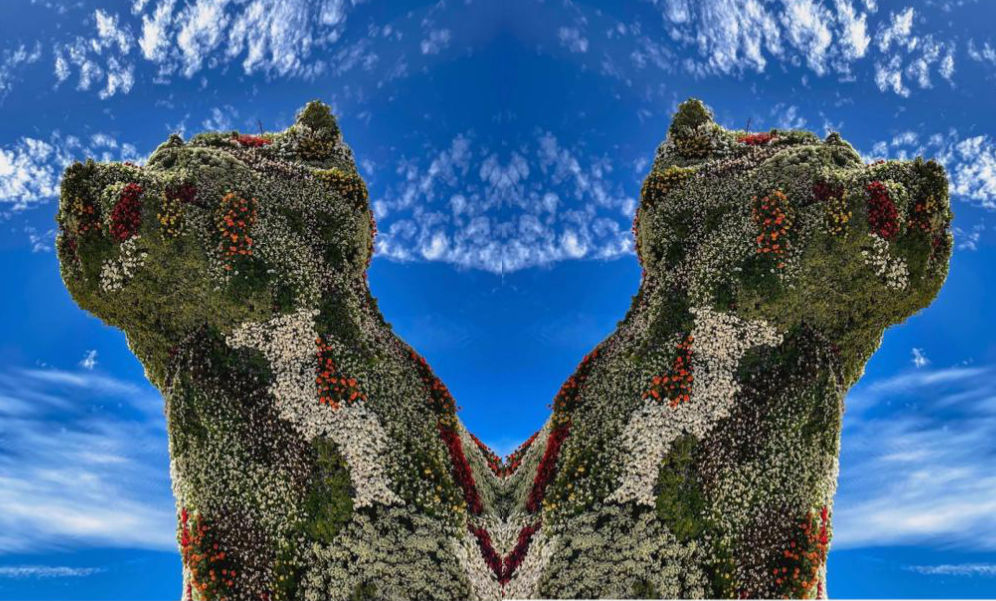
Basque and Spanish contemporary art are also represented with a selection of works that, as new acquisitions from the permanent collection, provide a broad view of the most current trends in art.
It has its own unique collection, while complementing the collections of the other Guggenheim institutions.
The Museum’s holdings include works by some of the most important artists of the second half of the 20th century, such as Eduardo Chillida, Yves Klein, Willem de Kooning, Robert Motherwell, Robert Rauschenberg, James Rosenquist, Clyfford Still, Antoni Tàpies, and Andy Warhol, to name a few.
The Guggenheim Museum Bilbao hosts, among other activities, exhibitions, concerts, festivals, conferences, screenings and workshops.
The area surrounding the Guggenheim Museum Bilbao has become an attractive meeting point where visitors can enjoy art, have a drink, listen to live music, play sports or play in a children’s play area with avant-garde swings and an interactive fountain that is a magnet for the little ones.
In addition to the spectacular building, there is a pleasant riverside promenade. It is surrounded by promenades, green areas and recently developed squares, where artistic works by artists such as Louise Bourgeois, Eduardo Chillida, Yves Klein, Jeff Koons and Fujiko Nakaya coexist.
The Bilbao of always
The Bilbao of always has its heart in the Casco Viejo, better known as the Siete Calles. Rehabilitated after the floods that flooded it in 1983, the Casco Viejo is one of the main centers of leisure and commerce in Bilbao.
Another reason to travel to Bilbao is the opportunity to discover nearby cities that leave no one indifferent: San Sebastian, which exudes a Parisian air and houses unique monuments; Guernica, which lived through the terrible bombings of 1936; or the Sanctuary of Loyola, an essential stop for lovers of sacred art.
In its pedestrian streets, classic stores alternate with the most innovative and with plenty of bars and restaurants where you can taste the best of Basque gastronomy.
Thus, thousands of visitors immerse themselves every year in its streets; any pretext is good to enjoy the gastronomic, commercial and cultural offer that Casco Viejo has to offer.
The Biscayan capital has secrets. Its exciting history and its main tourist monuments have no equal. The church of San Antón, the Arriaga Theater or the Ribera Market are just some of the visits that cannot be missed on a trip to Bilbao.


